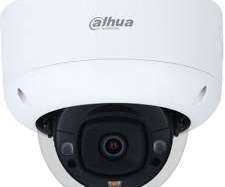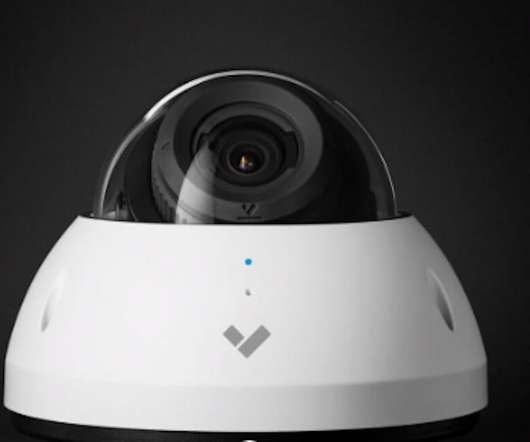Australian Defense Department will replace surveillance cameras from Chinese firms Hikvision and Dahua
Security Affairs
FEBRUARY 12, 2023
Australia’s Defense Department announced that they will remove surveillance cameras made by Chinese firms linked to the government of Beijing. Australia’s Defense Department is going to replace surveillance cameras made by Chinese firms Hikvision and Dahua, who are linked to the government of Beijing.












Let's personalize your content